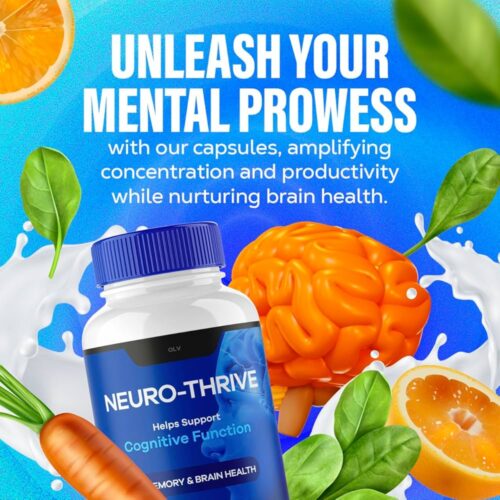In the ever-evolving landscape of fitness and wellness, where the quest for optimal performance intersects with advancing medical science, testosterone therapy has emerged as a topic of considerable interest. Known predominantly for its role in male development and health, testosterone is now being explored more broadly for its potential to enhance muscle gain and improve physical prowess. As individuals seek effective strategies to build strength and achieve their fitness goals, the allure of testosterone therapy presents both promise and complexity. This article delves into the mechanisms behind testosterone’s influence on muscle growth, the benefits and risks associated with therapy, and the broader implications for those considering this path in their fitness journey. Join us as we unravel the science and offer insights into whether testosterone therapy could be a viable option for those looking to elevate their muscle-building efforts.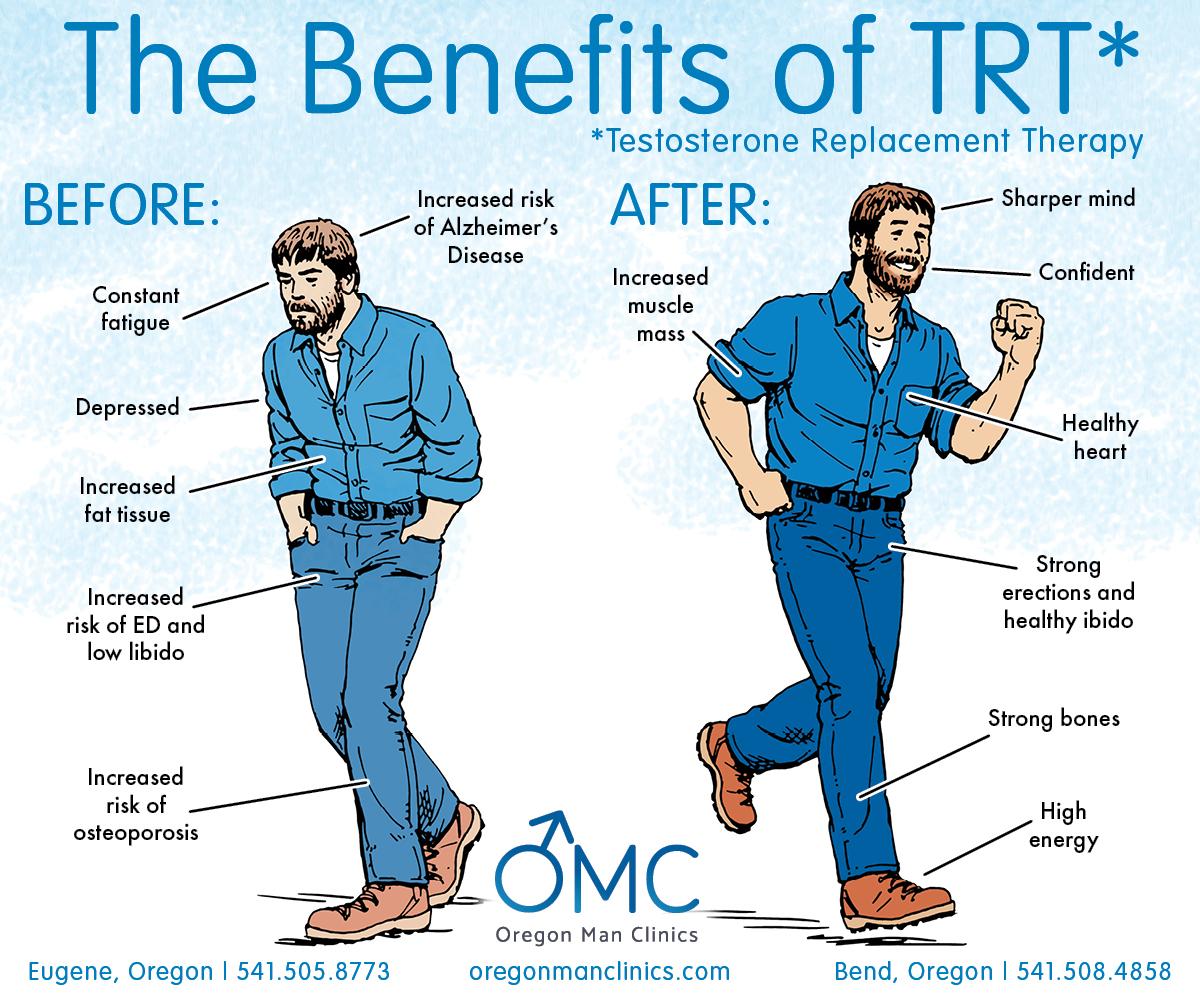
Understanding Testosterone’s Role in Muscle Growth
Testosterone is a crucial hormone that plays a significant role in the body’s muscle-building processes. It contributes to muscle hypertrophy, which is the increase in the size of muscle fibers, and supports the formation of muscle tissue through various mechanisms. Some key functions of testosterone in muscle growth include:
- Stimulating protein synthesis, allowing the body to repair and grow muscle tissue after exertion.
- Enhancing recovery time, enabling individuals to train more frequently.
- Inhibiting muscle breakdown, ensuring that gains are maintained and not lost.
- Increasing the production of red blood cells, improving oxygen delivery to muscles during workouts.
Moreover, the relationship between testosterone and muscle growth emphasizes the importance of balanced hormone levels. Age, lifestyle, and overall health can affect testosterone production, making some individuals more prone to deficits that hinder muscle development. Understanding this link can aid those considering testosterone therapy for muscle gain in making informed choices. Key considerations to explore include:
- The potential benefits versus risks associated with testosterone therapy.
- Personal health assessments to tailor treatment plans.
- Diet and exercise regimens that complement therapy for maximized results.
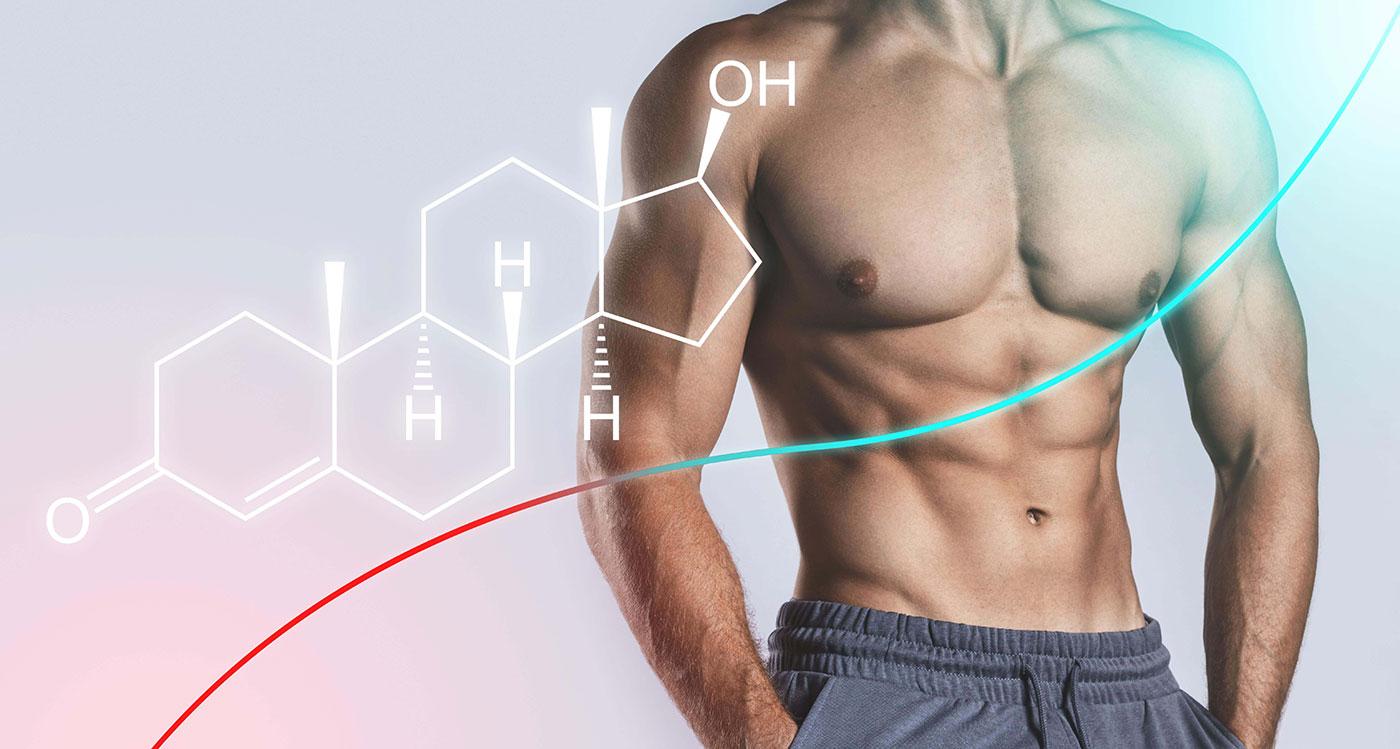
Indicators for Considering Testosterone Therapy
When evaluating the possibility of testosterone therapy, several key indicators should be considered. Understanding your baseline testosterone levels through a comprehensive blood test is crucial. Clinically low testosterone, often defined as levels below 300 ng/dL, can manifest in various ways, and is typically assessed alongside symptoms such as:
- Fatigue and decreased energy levels
- Reduced muscle mass and strength
- Increased body fat
- Mood changes, including depression or irritability
- Decreased libido or sexual dysfunction
Additionally, age is a significant factor, as testosterone levels naturally decline with advancing years. Those over 30 often experience a gradual decrease, which can impact muscle gain efforts in fitness routines. However, not all individuals with low testosterone require therapy. A thorough consultation with a healthcare provider can ensure that the treatment aligns with personal health goals. Considerations may include:
- Current physical activity levels
- Diet and nutritional intake
- Underlying health conditions
- Potential risks and benefits of therapy
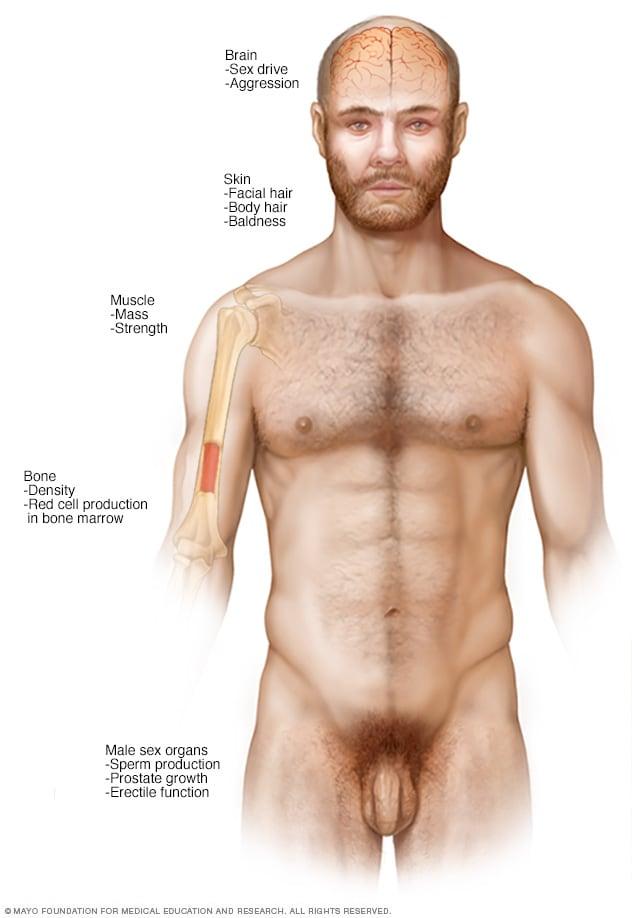
The Science Behind Testosterone Optimization
Testosterone is a vital hormone that plays a crucial role in the development and maintenance of muscle mass. It enhances protein synthesis, which is the process through which the body builds muscle tissue. As levels of testosterone rise, so does the body’s ability to recover from workouts, rebuild muscle fibers, and increase strength. This relationship is particularly important for those seeking to gain muscle, as optimal testosterone levels can significantly impact both performance and physical appearance. Factors influencing testosterone production include:
- Age: Testosterone levels naturally decline with age.
- Body composition: Higher body fat percentage can lead to lower testosterone levels.
- Nutrition: A balanced diet rich in protein, healthy fats, and vital vitamins is essential.
- Exercise: Resistance training and high-intensity workouts stimulate testosterone production.
Research has shown that testosterone therapy can enhance muscle gain, especially in individuals with clinically low testosterone levels. This form of therapy often involves various means of administration, including injections and topical applications, tailored to individual needs and responses. Understanding the expected results can help set realistic goals during the muscle-building journey. The following table summarizes key benefits of testosterone therapy:
| Benefit | Description |
|---|---|
| Increased Muscle Mass | Stimulates growth by enhancing protein synthesis. |
| Improved Recovery | Shortens recovery time post-exercise, allowing for more frequent workouts. |
| Enhanced Strength | Increases overall body strength and endurance. |
| Boosted Motivation | Improves mood and motivation, encouraging regular training. |
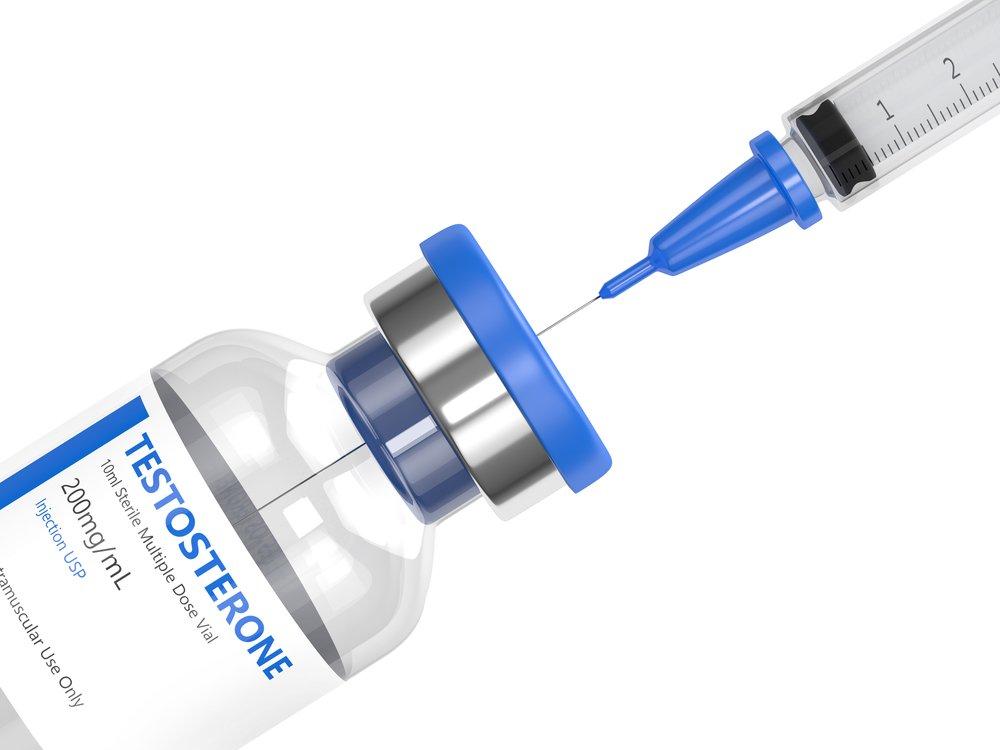
Exploring Different Forms of Testosterone Therapy
When considering testosterone therapy for enhancing muscle gain, there are several delivery methods available, each with its own advantages and potential drawbacks. The most common forms include:
- Injectable Testosterone: Typically administered intramuscularly or subcutaneously, this option allows for precise dosing and quick absorption.
- Transdermal Patches: These provide a steady release of testosterone through the skin, offering a less invasive method that eliminates the need for needles.
- Gels and Creams: Applied directly to the skin, these formulations allow for easy use and absorption; however, they require careful application to avoid transferring testosterone to others.
- Pellets: Implanted under the skin, these pellets offer long-lasting effects, reducing the frequency of administration.
Each form of therapy can influence muscle gain differently, depending on individual needs, lifestyle, and health considerations. For a clearer understanding of how different methods compare, consider the following table:
| Form of Therapy | Absorption Speed | Administration Frequency |
|---|---|---|
| Injectable | Fast | Weekly to Biweekly |
| Transdermal Patch | Moderate | Daily |
| Gel/Cream | Moderate | Daily |
| Pellet | Slow | Every 3-6 months |
Ultimately, the best form of testosterone therapy for muscle gain can vary based on personal preference, medical history, and goals. Consulting a healthcare professional is crucial in determining the most suitable option for optimal results.
Balancing Benefits and Risks of Treatment
When considering testosterone therapy for muscle gain, it is essential to weigh both the benefits and risks associated with this treatment. On the positive side, testosterone can significantly enhance muscle mass and strength, improve recovery times, and boost overall physical energy. These benefits attract many individuals who aim to increase their performance, particularly those engaged in intense physical training. Additionally, testosterone therapy may lead to improved bone density and a more favorable body composition, which can enhance overall well-being and fitness levels.
However, the therapy is not without its potential drawbacks. Users may experience side effects such as mood swings, increased aggression, and acne. There are also serious health concerns, such as a heightened risk of heart disease, sleep apnea, and hormone imbalances. It’s crucial for those considering this treatment to consult with healthcare professionals to ensure they fully understand the implications. Awareness of the possible consequences can empower individuals to make informed decisions about their health. Here’s a brief overview of the key points:
| Benefits | Risks |
|---|---|
| Increased muscle mass | Mood swings |
| Improved energy levels | Increased aggression |
| Enhanced recovery | Heart disease risk |
| Improved bone density | Hormone imbalances |
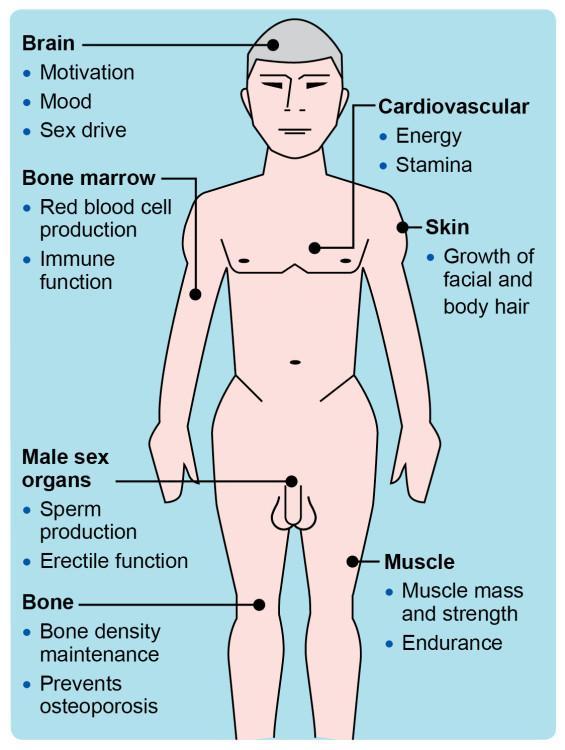
Complementing Therapy with Nutrition and Exercise
To maximize the benefits of testosterone therapy, incorporating proper nutrition and exercise is essential. A well-balanced diet not only supports muscle gain but also enhances overall well-being. Focus on high-quality protein sources such as lean meats, fish, and plant-based proteins to aid muscle repair and growth. Additionally, include a variety of healthy fats and complex carbohydrates for sustained energy and hormonal balance. Here are some key nutritional components to integrate into your daily meals:
- Lean Proteins: Chicken, turkey, tofu, lentils.
- Healthy Fats: Avocado, nuts, olive oil.
- Complex Carbs: Quinoa, brown rice, sweet potatoes.
In conjunction with nutritional adjustments, a structured exercise regimen plays a pivotal role in optimizing results from testosterone therapy. Engaging in resistance training stimulates muscle growth while promoting the efficacy of testosterone. Aim for a balanced routine comprising strength training, cardiovascular workouts, and flexibility exercises. Here’s a simple weekly breakdown of an effective training plan:
| Day | Focus | Duration |
|---|---|---|
| Monday | Strength Training | 60 mins |
| Wednesday | Cardio | 30 mins |
| Friday | Flexibility & Core | 45 mins |
| Saturday | Strength Training | 60 mins |
Monitoring Progress and Adjusting Treatment Plans
Effectively monitoring the progress of testosterone therapy is crucial for achieving optimal muscle gain results. Regular check-ins with healthcare providers enable patients to assess their physical and psychological responses to treatment. Key factors to track include:
- Muscle mass changes: Measuring changes in muscle size and strength using reliable methods.
- Body composition: Utilizing tools like DEXA scans to evaluate fat distribution and lean muscle gain.
- Symptoms assessment: Regularly reviewing any physical or emotional symptoms that may arise.
Adjustments to treatment plans should be based on these monitored outcomes. A flexible approach can lead to more effective results and improved overall well-being. Consider the following when making modifications:
- Dosage adjustments: Fine-tuning testosterone levels might be necessary; higher or lower doses could be more effective.
- Incorporating lifestyle changes: Tailoring diet and exercise regimes to complement therapy can maximize muscle-building effects.
- Regular blood work: Monitoring hormone levels and other vital metrics can inform future adjustments and ensure safety.
| Monitoring Factor | Importance |
|---|---|
| Muscle Mass | Essential for gauging therapy effectiveness |
| Body Composition | Shows overall health and efficacy of treatment |
| Symptom Tracking | Helps in adjusting treatment to enhance quality of life |
Q&A
Q&A: Exploring Testosterone Therapy for Muscle Gain
Q: What is testosterone therapy?
A: Testosterone therapy involves the administration of testosterone, typically in the form of injections, gels, or patches, to help individuals restore low testosterone levels. Though primarily prescribed for men with hypogonadism (low testosterone), it has also garnered attention from athletes, bodybuilders, and fitness enthusiasts seeking muscle gain.
Q: How does testosterone influence muscle growth?
A: Testosterone plays a crucial role in muscle development by promoting protein synthesis, enhancing recovery, and increasing muscle size and strength. It facilitates the activation of satellite cells—specialized cells that aid in muscle regeneration and growth—ultimately contributing to improved athletic performance.
Q: Is testosterone therapy safe for everyone looking to gain muscle?
A: Not necessarily. While testosterone therapy can provide benefits for those clinically diagnosed with low testosterone, it is not recommended for healthy individuals without such a diagnosis. Potential side effects include increased risk of cardiovascular issues, mood swings, and hormonal imbalances. Consulting with a healthcare professional is essential before considering any form of testosterone therapy.
Q: What are the legal implications of using testosterone therapy for muscle gain?
A: The legality of using testosterone therapy for athletic enhancement varies by country and sport. In many competitive sports, the use of testosterone without a medical prescription is deemed illegal and can lead to disqualification. Always ensure that you are well-informed about the regulations governing testosterone use in your specific context.
Q: Are there alternatives to testosterone therapy for muscle gain?
A: Yes! There are several natural ways to support muscle growth without resorting to testosterone therapy. These include regular resistance training, a well-balanced diet rich in protein, adequate sleep, and stress management. Additionally, supplements like creatine or branched-chain amino acids (BCAAs) can also aid muscle recovery and growth.
Q: Can women also benefit from testosterone therapy?
A: Women can benefit from testosterone therapy if they have clinically low levels of the hormone, which can occur due to age, certain medical conditions, or surgical removal of the ovaries. However, the doses used in women are significantly lower than in men, and careful monitoring is necessary to avoid potential side effects, such as excessive hair growth or voice changes.
Q: How can one determine if they need testosterone therapy?
A: If you suspect low testosterone levels, consulting a healthcare provider is the first step. They will conduct comprehensive blood tests to measure hormone levels and assess symptoms such as fatigue, reduced libido, and muscle weakness. Only after thorough evaluation and diagnosis can therapy be considered.
Q: What should individuals know about the potential side effects of testosterone therapy?
A: Side effects may include acne, sleep apnea, mood swings, prostate enlargement, and increased risk of blood clots. Long-term use could lead to dependence and potentially serious health issues. It’s crucial to have ongoing conversations with a healthcare professional to monitor for adverse effects.
Q: What is the bottom line regarding testosterone therapy for muscle gain?
A: While testosterone therapy can be beneficial for those with medically diagnosed low testosterone, it is not a panacea for muscle gain and can carry substantial risks if misused. Prioritize natural muscle-building strategies and seek professional advice to make informed decisions about your health and fitness journey.
In Summary
In the ever-evolving landscape of fitness and health, testosterone therapy has emerged as a compelling topic for those seeking to enhance muscle mass and improve overall vitality. While it offers potential benefits, it is crucial to approach this therapy with a balanced perspective, weighing both its advantages and risks. As with any medical intervention, individual experiences will vary, and consulting a healthcare professional remains paramount in navigating the complexities of hormone therapy.
Ultimately, the journey toward muscle gain is multifaceted, encompassing not only hormonal levels but also factors like nutrition, exercise, and lifestyle choices. Knowledge is power, and by arming yourself with the right information, you can make informed decisions that align with your health goals. Whether you choose to explore testosterone therapy or continue on a traditional path of strength training, remember that the key lies in understanding what works best for your body and striving for a holistic approach to well-being. As you forge ahead, embrace the journey and the knowledge that every step taken is a stride toward a stronger, healthier you.



